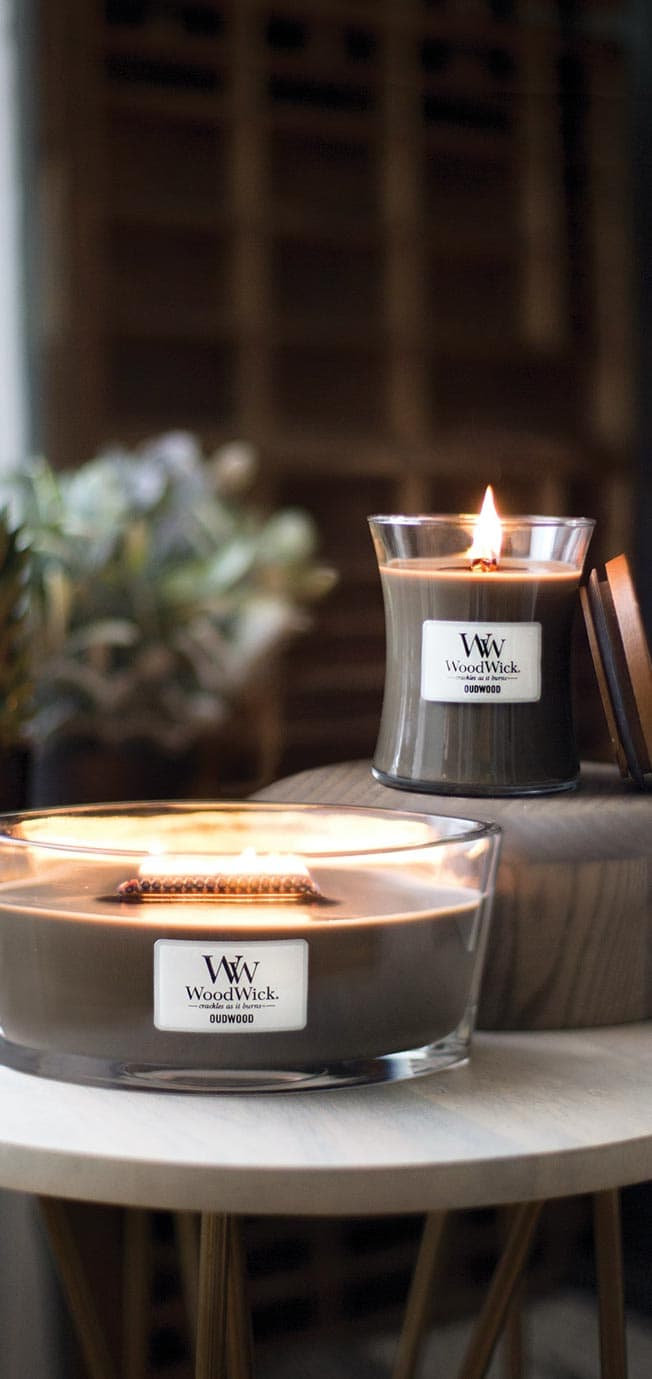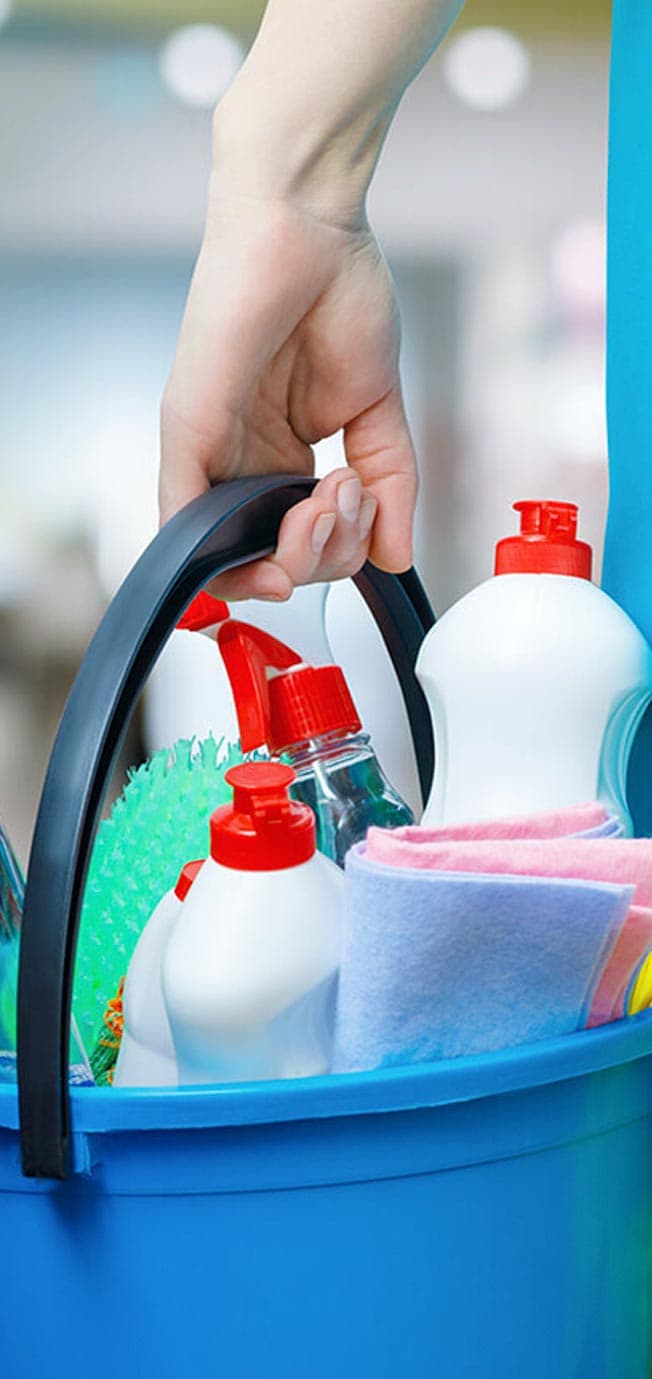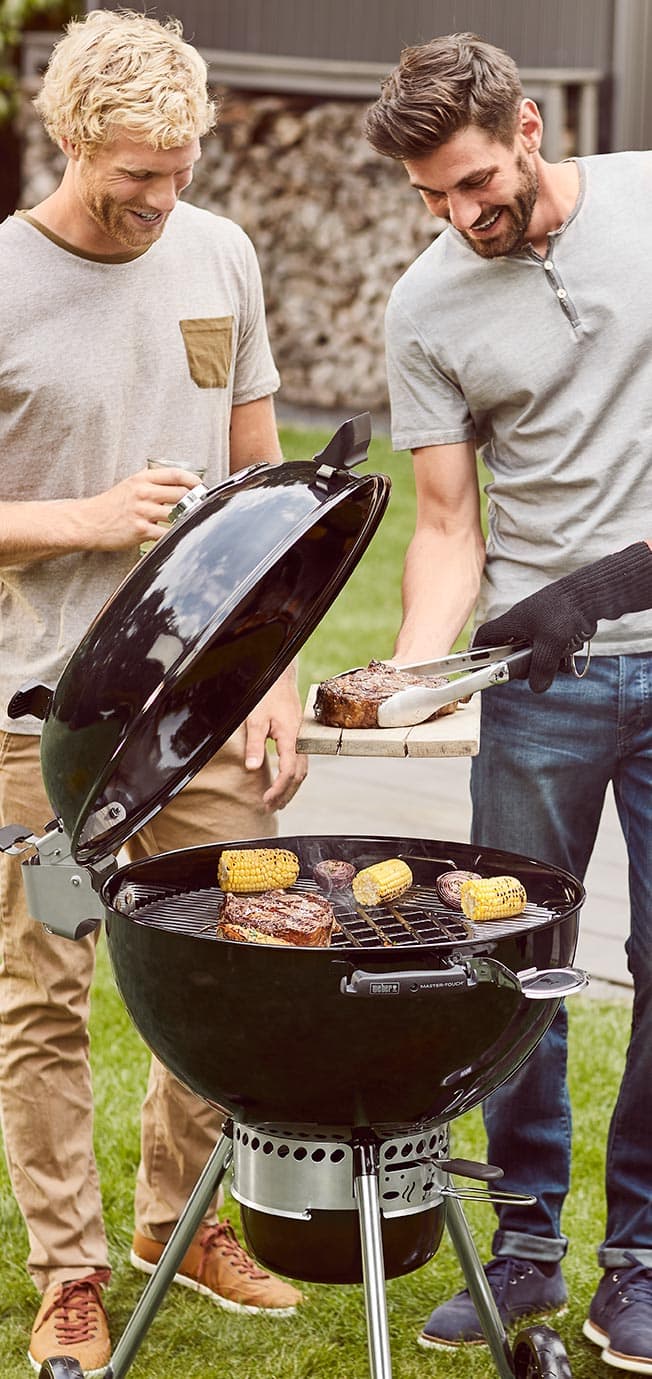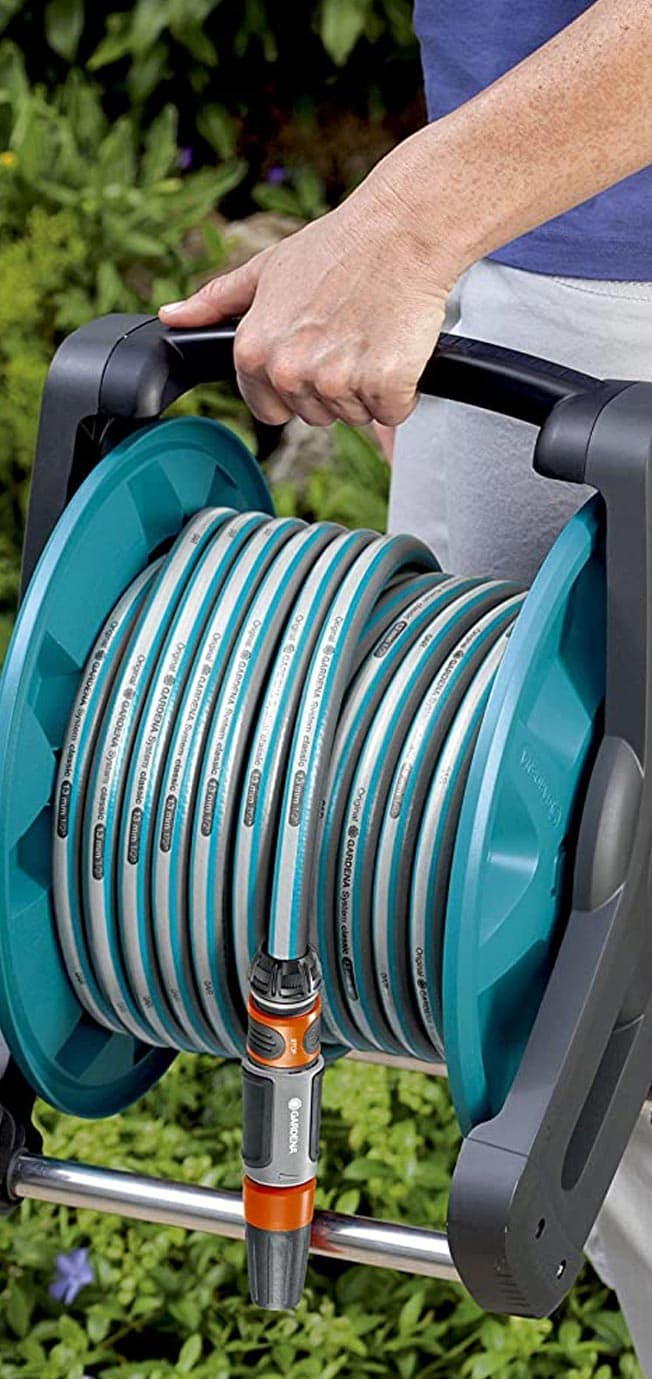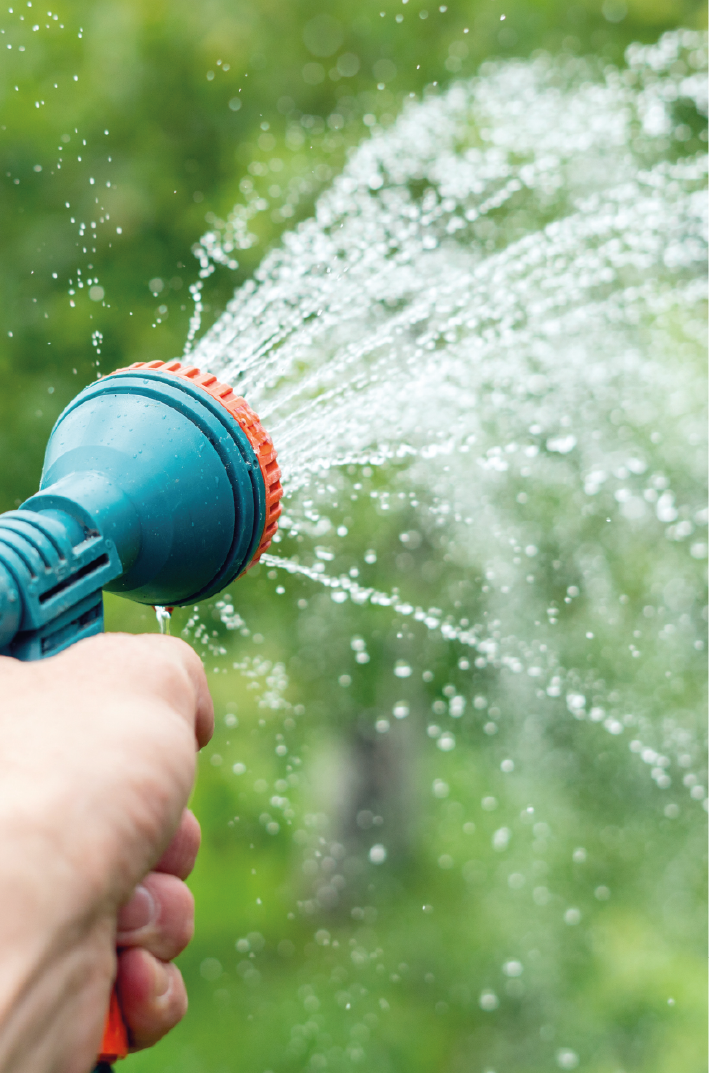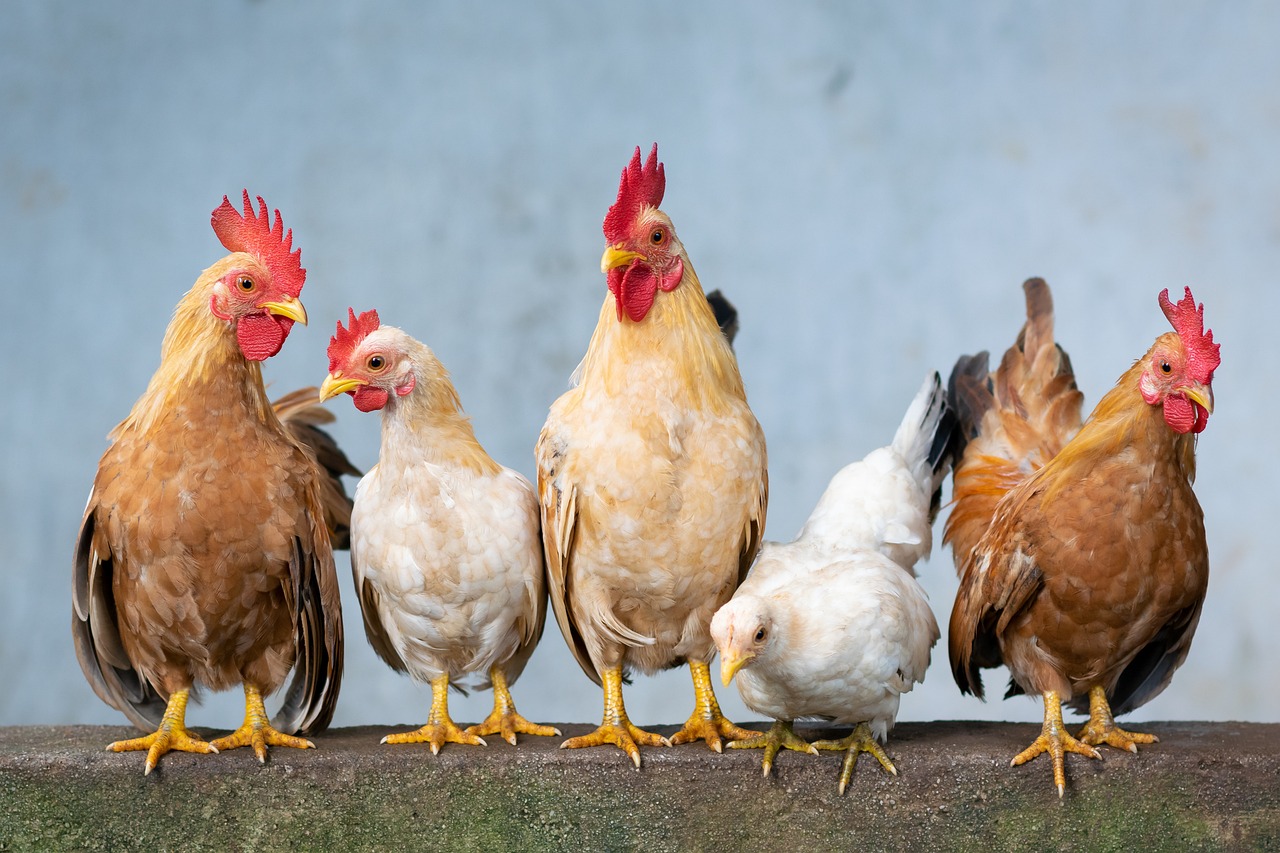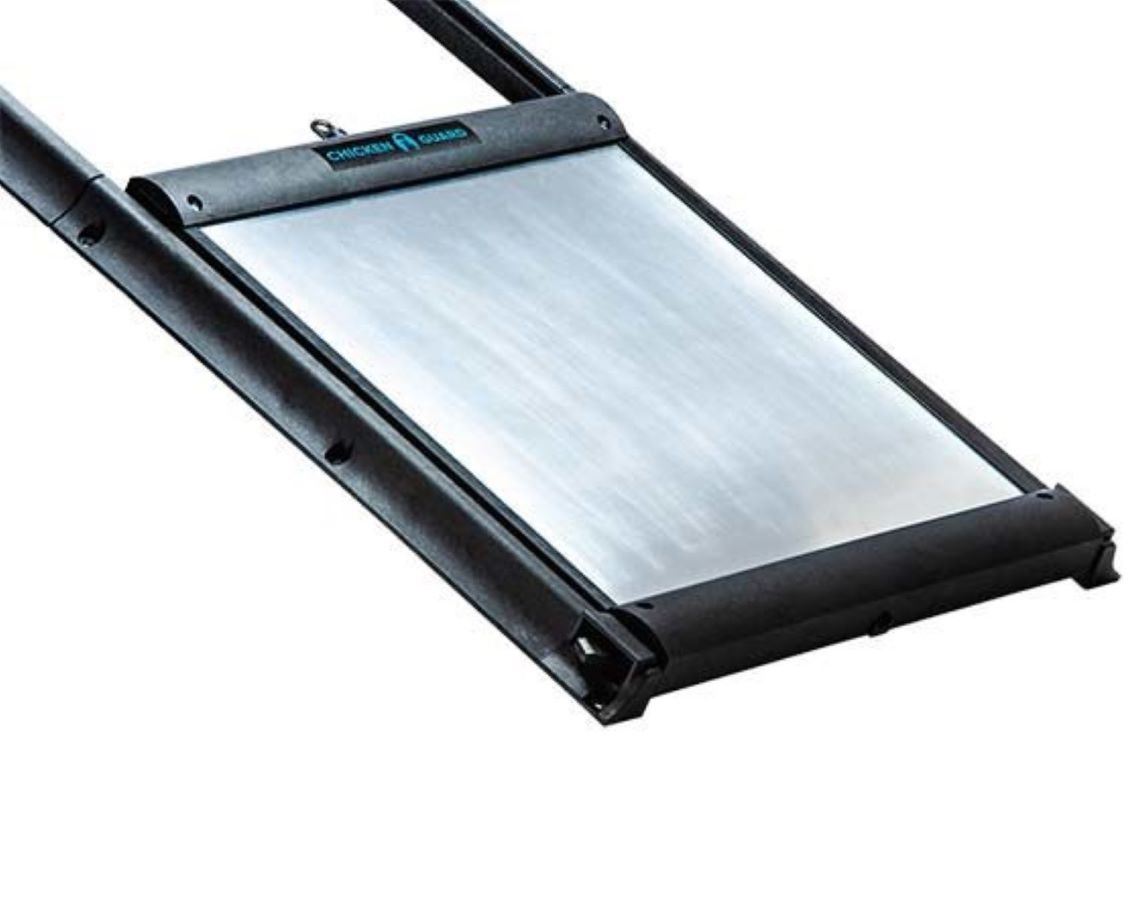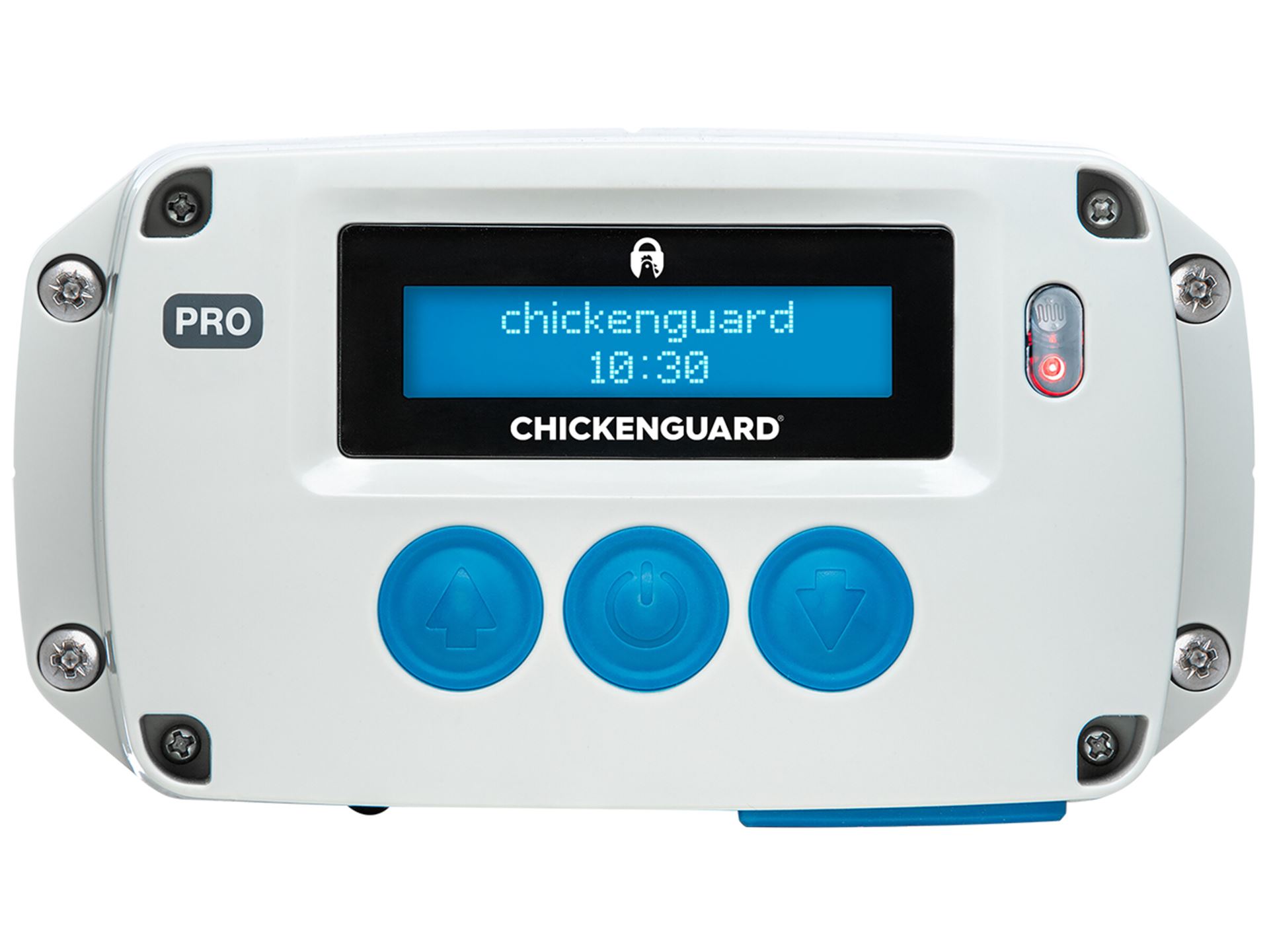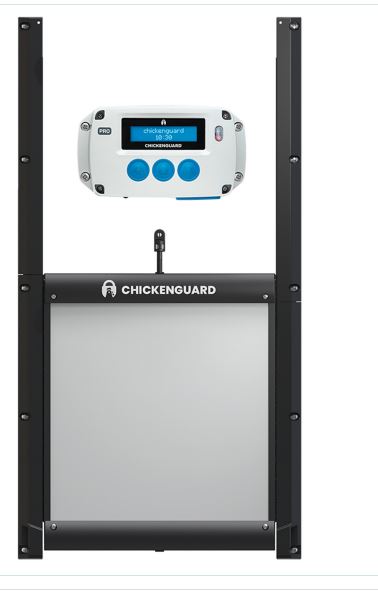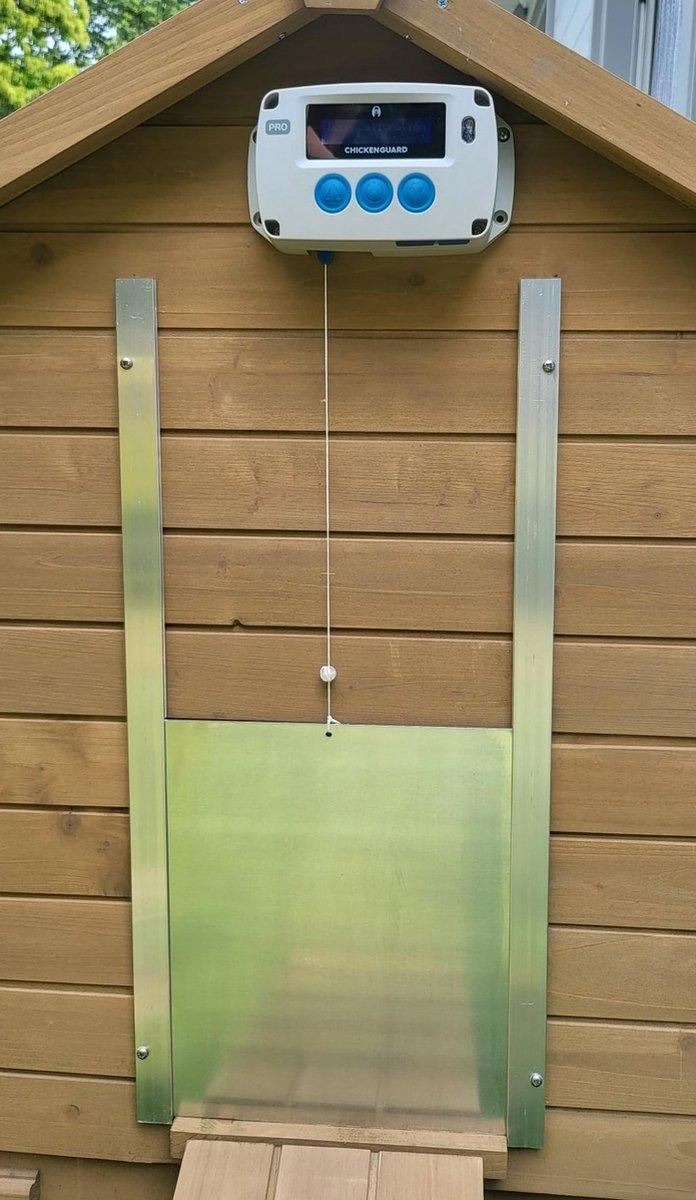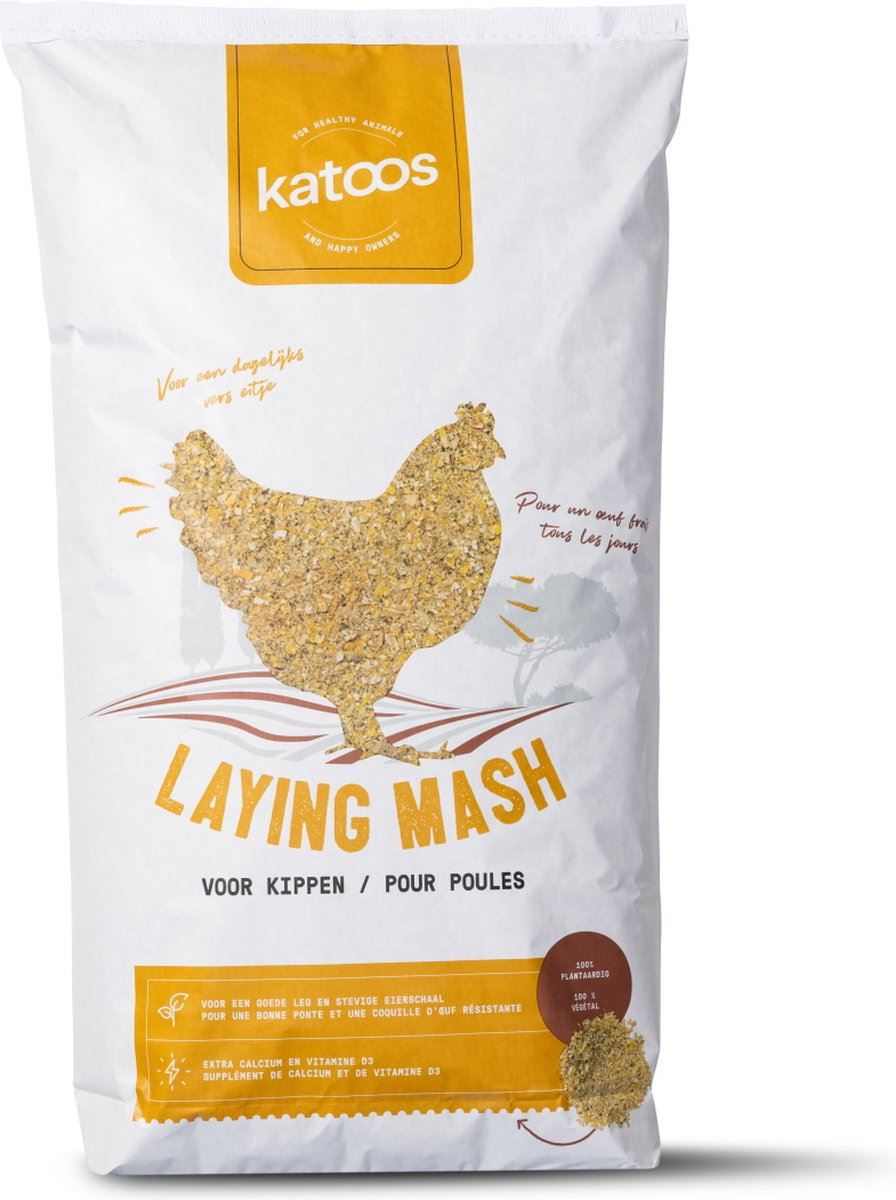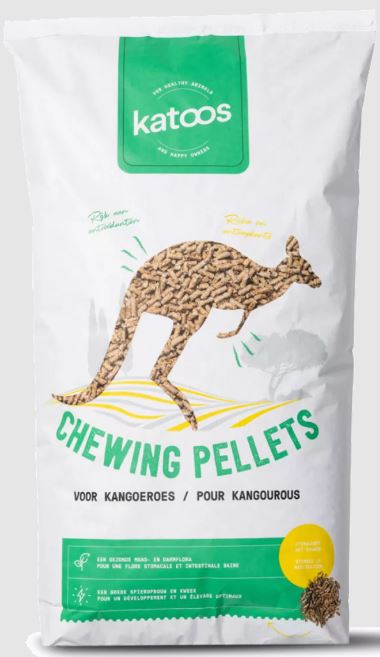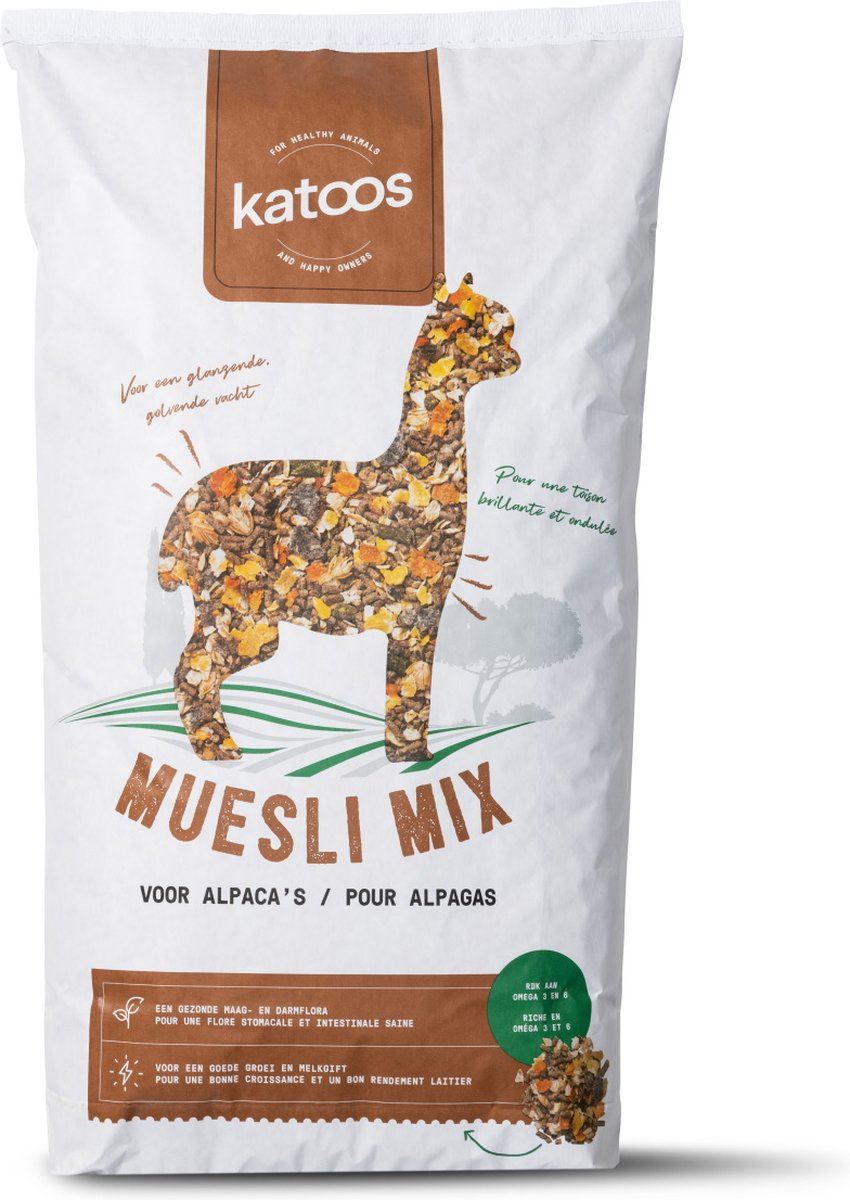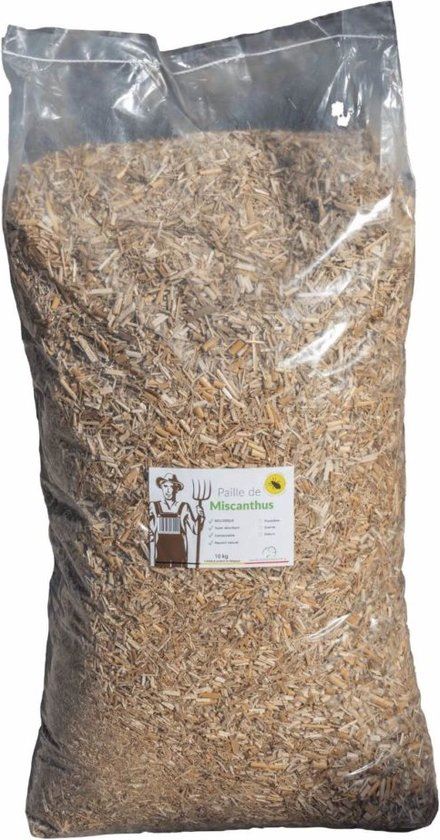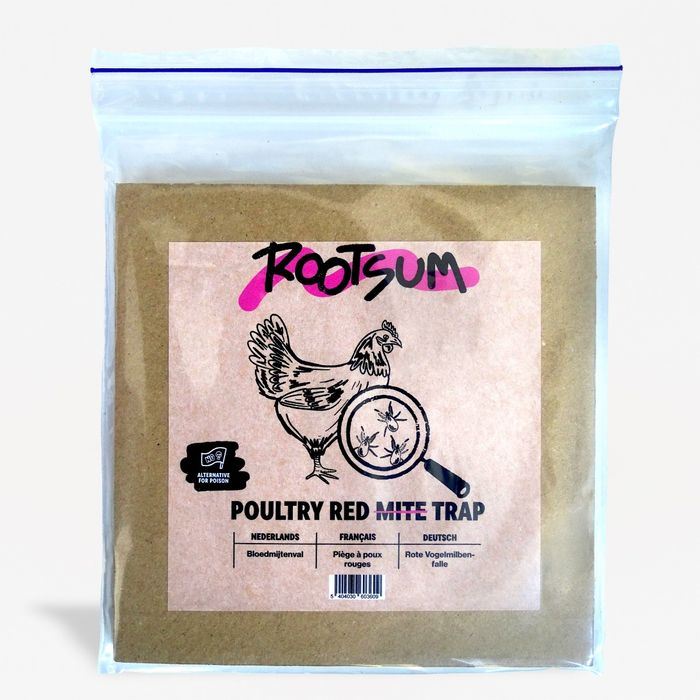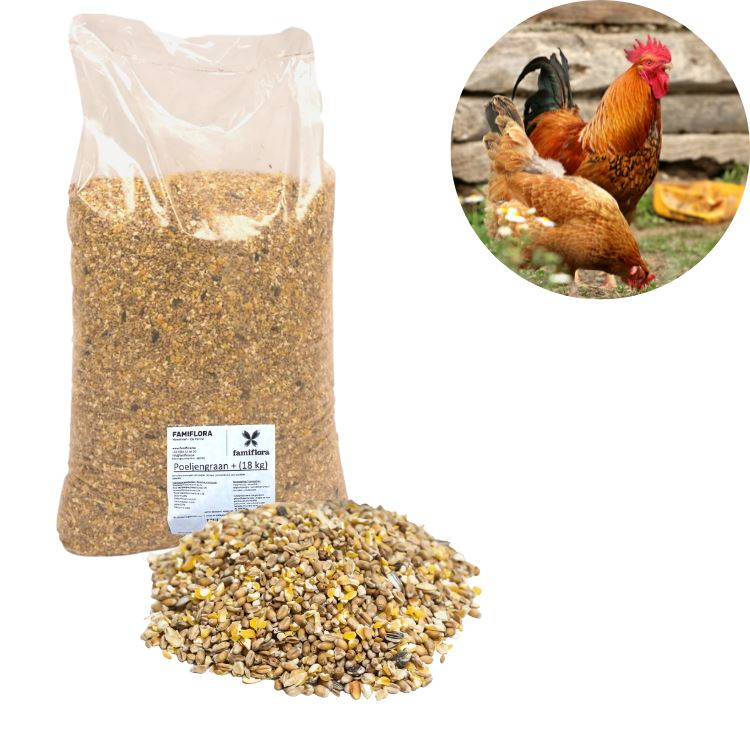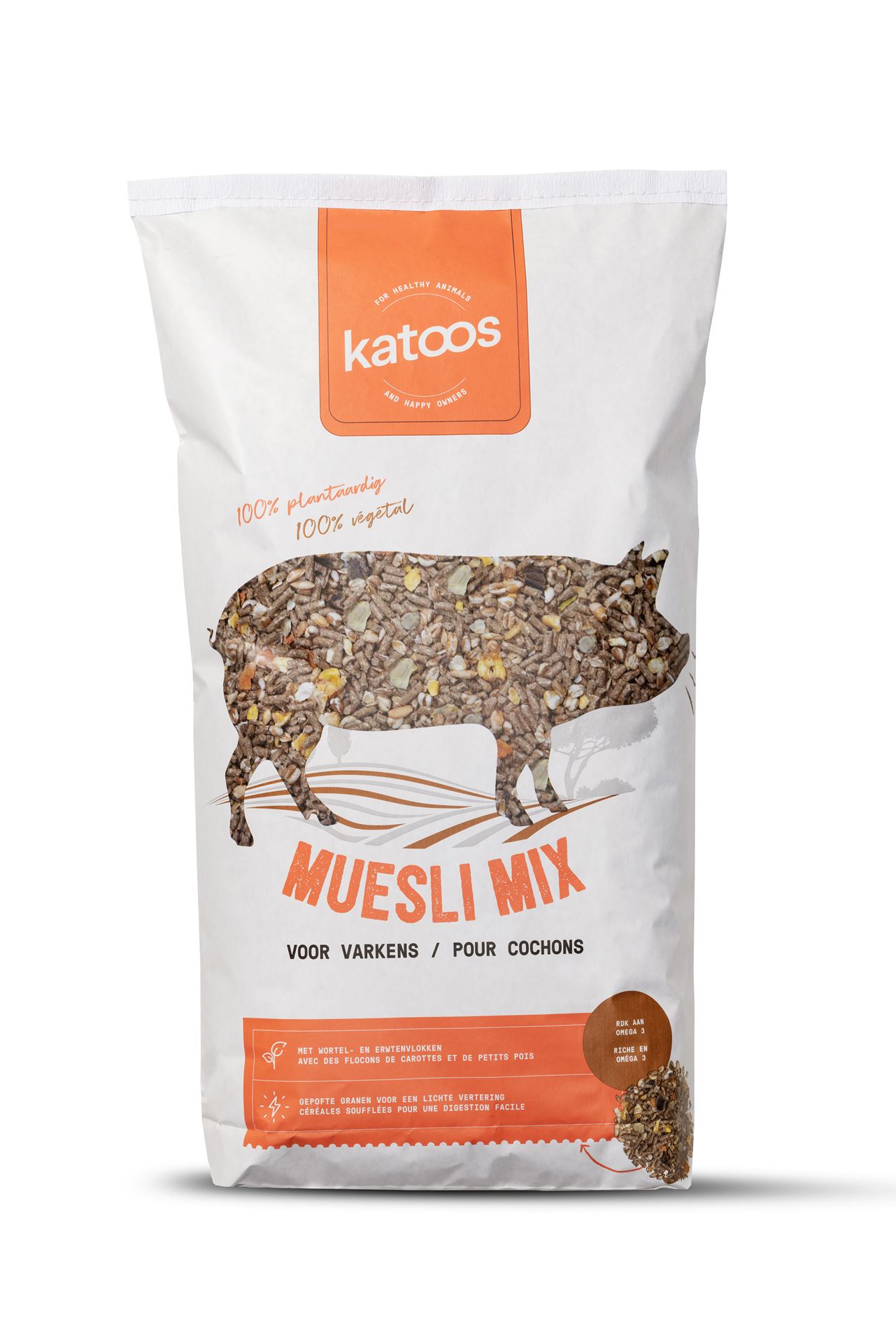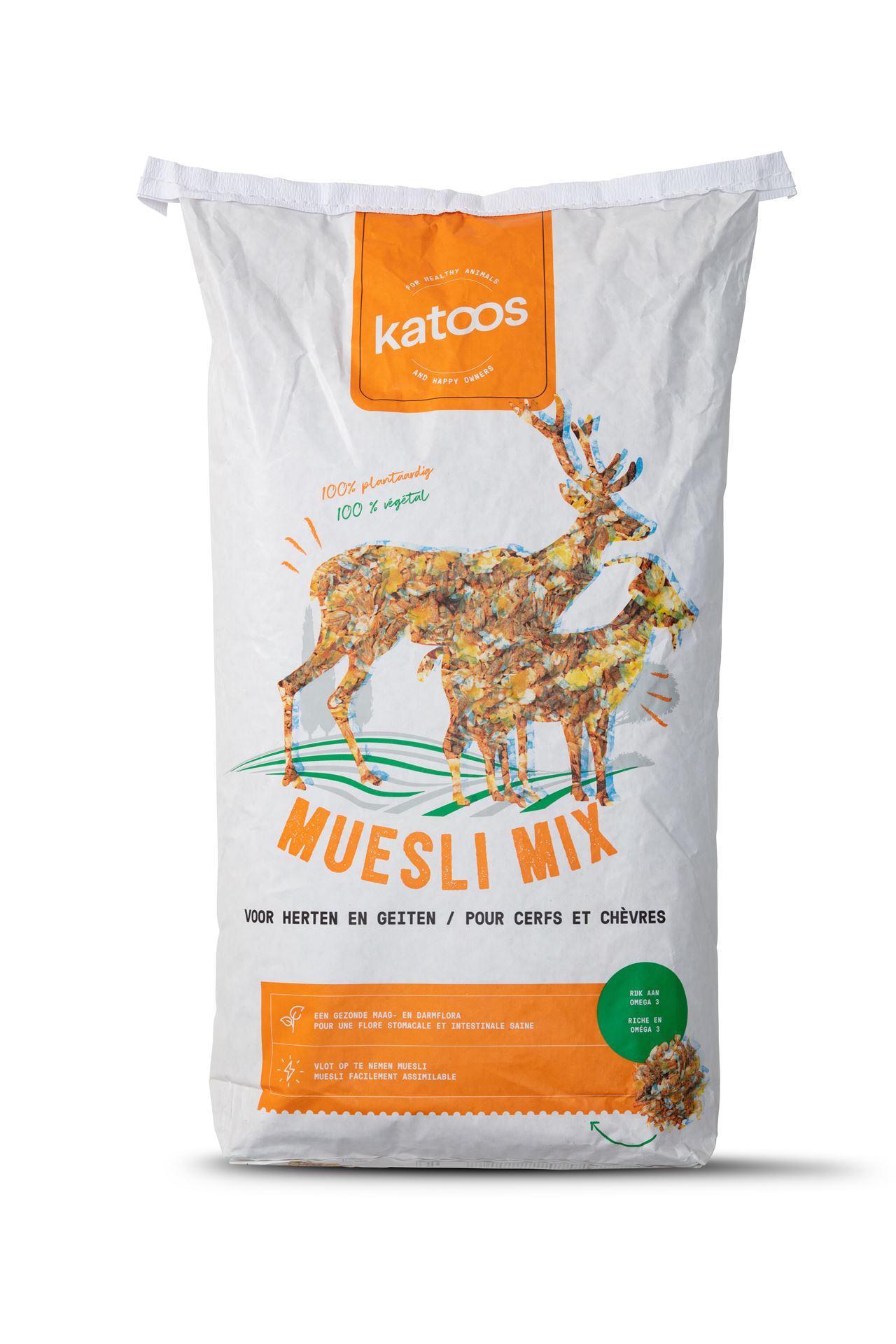Keeping chickens for beginners 🐔
Many animal lovers choose to keep chickens in their garden. And rightly so. Chickens are walking composting robots that also give you fresh eggs every day. The different breeds of hens also look spectacular, and if you manage to tame them from an early age, you'll have some superb pets. Are you thinking of keeping chickens in your garden? If so, there are a few things you need to bear in mind. With these tips, everything will go smoothly: chicken keeping for beginners, so to speak.
What types of chickens are there?
- Classic laying hen: The brown or white leghorn is the best-known type of laying hen. These chickens do not get very old. They are known for a lively nature and a great need for exercise.
- "Cuddly Chicken": Some breeds of chickens are bred for their calm nature. In a family with children, such breeds are ideal. This is because they are easier to tame. If you want to tame a chicken, it is best to start as early as possible (ideally when the chicken is still a chick). Dried mealworms are an excellent reward if you want to train them. Ornamental breeds such as the Brahma, Cochin bantam or Antwerp bearded bantam are naturally quite calm and therefore fine for children.
- Ornamental chickens or meat chickens: These are the real stars of the run. Thanks to their colourful plumage, they certainly do not go unnoticed. They live to be 5 to 8 years old on average. However, their egg production is a lot lower than for laying hens. They require less coop space and are ideal chickens for beginners.
- Bantams: The term bantam chickens designates breeds of chicken that are seen as the little brothers of the big chicken breeds. Just think of the Chabo. Eggs from bantam hens are logically a lot smaller.
What do you need to keep chickens?
Chickens need sufficient space. In the outdoor run, there should be about 1 to 1.5 m2 of space for each chicken. For the night coop, 0.5 m2 is sufficient. These are averages. The desirable surface area still varies by breed. The coop should be draught and moisture proof and have enough perches and laying nests. You can make the door of the coop close and open automatically using a Chickenguard. You can set a timer on this device so you don't have to go through all kinds of weather to manually close and open the coop door. Your chickens will also be better protected from hungry predators such as foxes. If your chickens don't perch on their own at night, it's best to put them inside yourself.
In the chicken run, there should be a dry bedding layer. This litter is a mixture of straw and dust-free wood fibres. These have a high absorption capacity, which makes it pleasant for chickens to stay in the coop, especially during extended periods of wetness. There should obviously be enough drinking and feeding troughs.
A solid fence is also essential. This prevents your chickens from escaping and keeps predators - such as foxes - out of the run.
Planting the chicken run is recommended. An evergreen shrub such as a spruce provides year-round protection. They also like herbaceous plants such as rosemary, sage or lavender. Boxwood, yew, foxglove and nightshades are toxic. It is best not to put these plants near the chicken run, because chickens are real Houdinis. Chickens like to take a sand or dust bath. They do this to wash away parasites. Is there no place with loose sand in their domain? Then provide a container with sand or fine lava or basalt meal. Anyway, it is smart to provide lava meal as it stops blood lice.

Tip from Marcel
Put a fake egg in the laying nest. This teaches hens that they should lay their egg there and not haphazardly in their outside enclosure.
Beware of blood lice
What's for lunch?
Keeping chickens in winter
Give other animals the care they deserve too with these tips 👇
More info? Receive all our gardening tips directly in your mailbox!
We'll only email you handy facts, green advice and our best promotions & discounts. You'll receive it about once a week and you can unsubscribe at any time. No spam, promise 🤞



